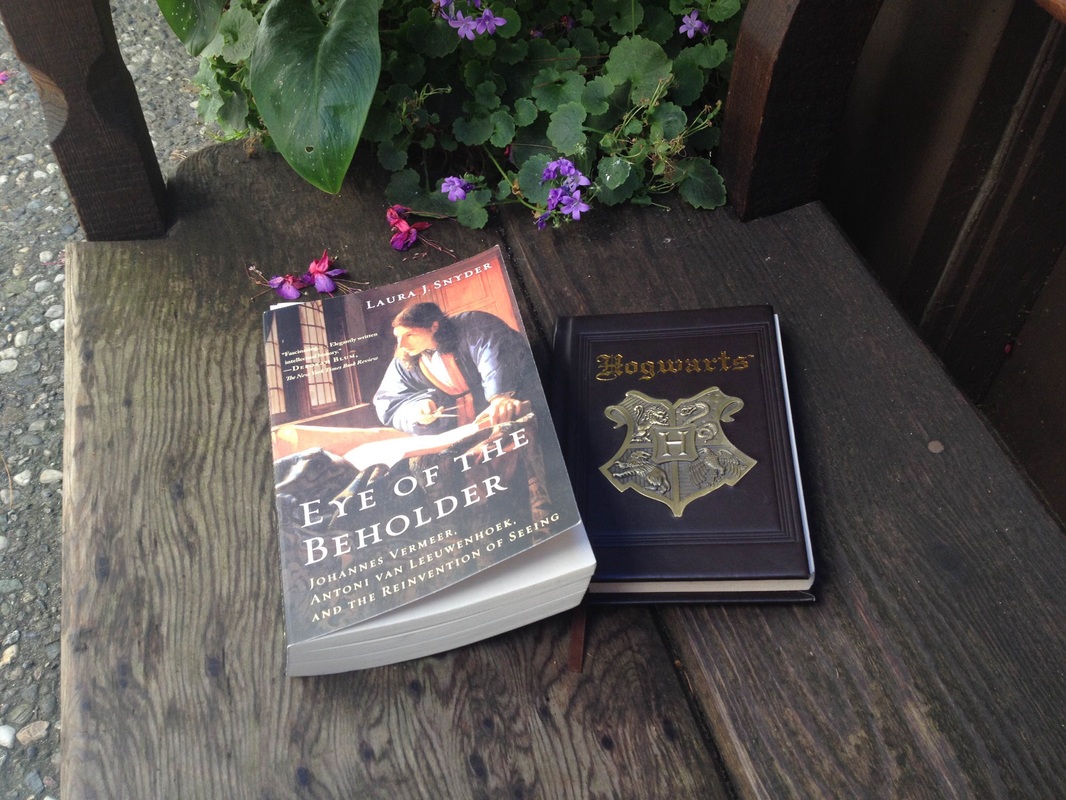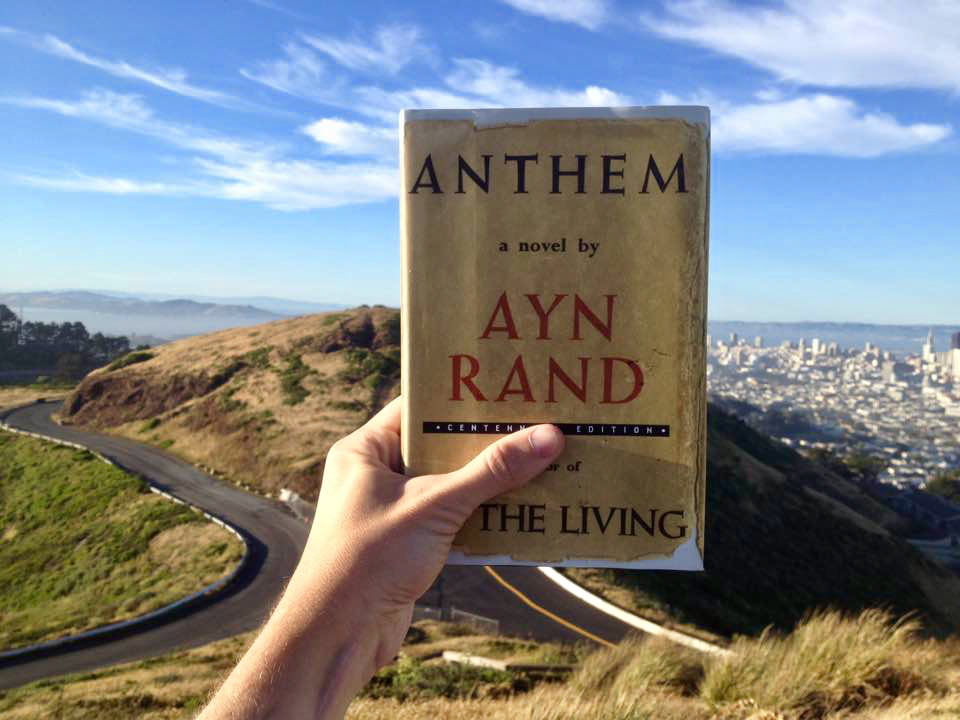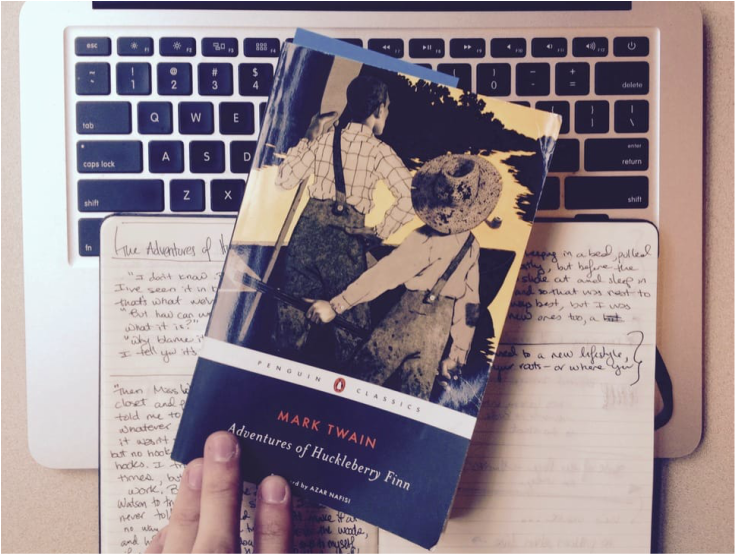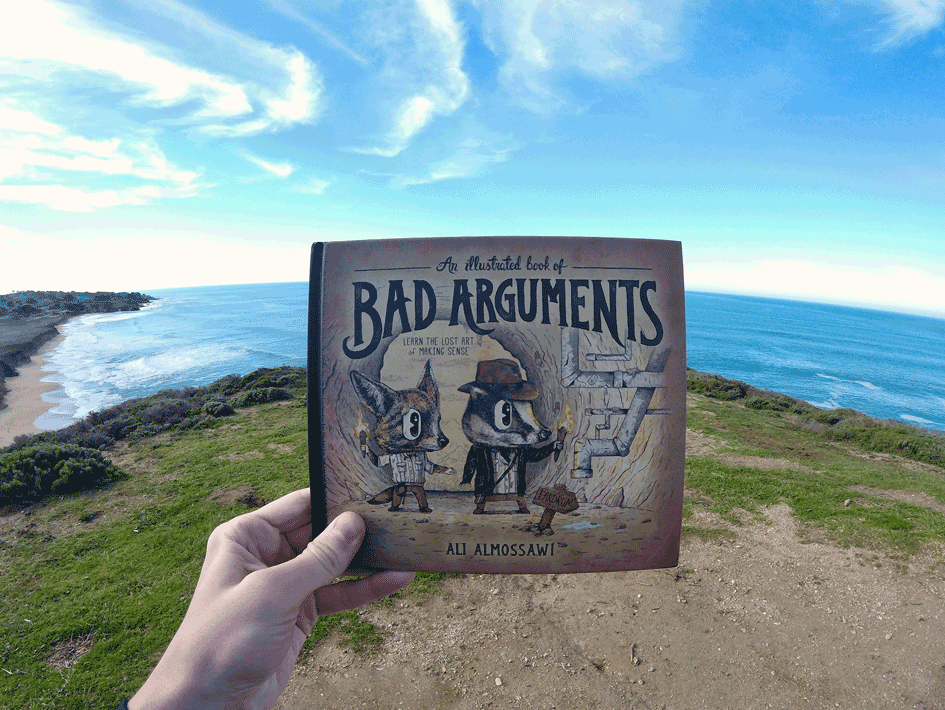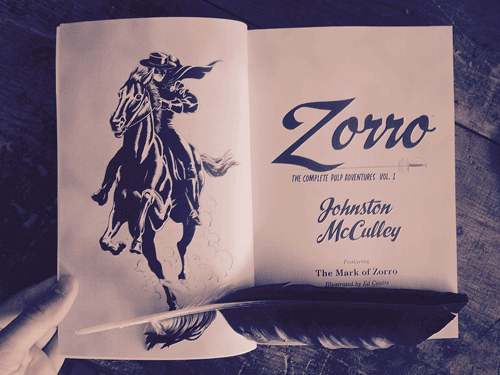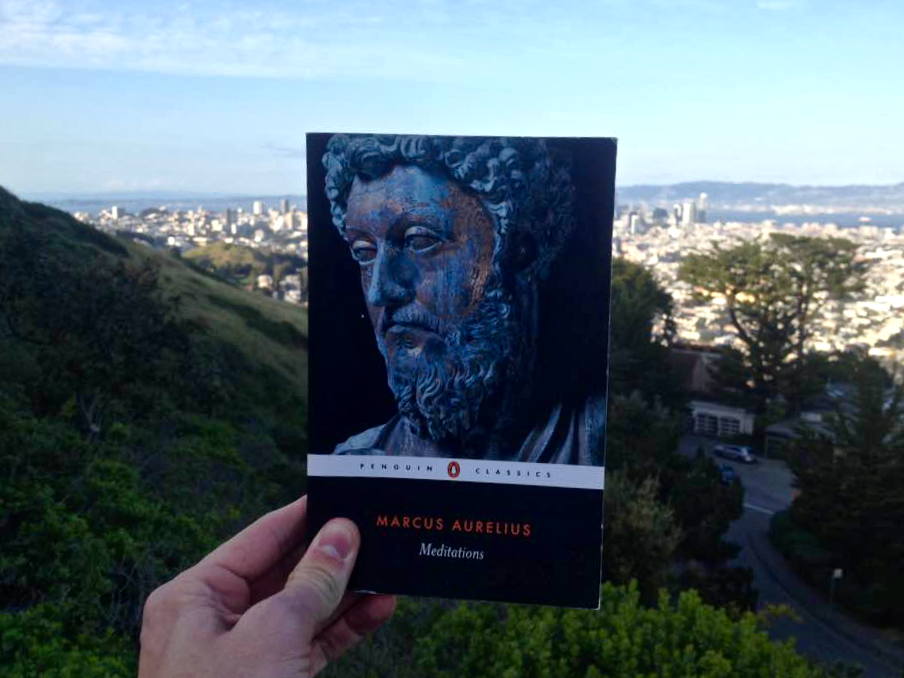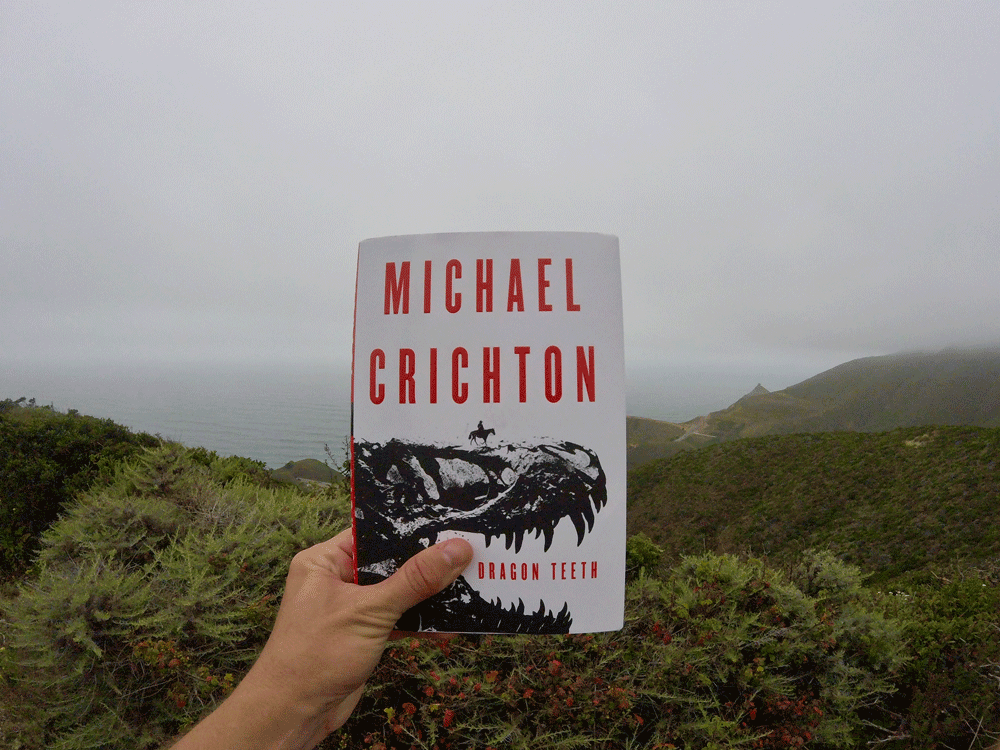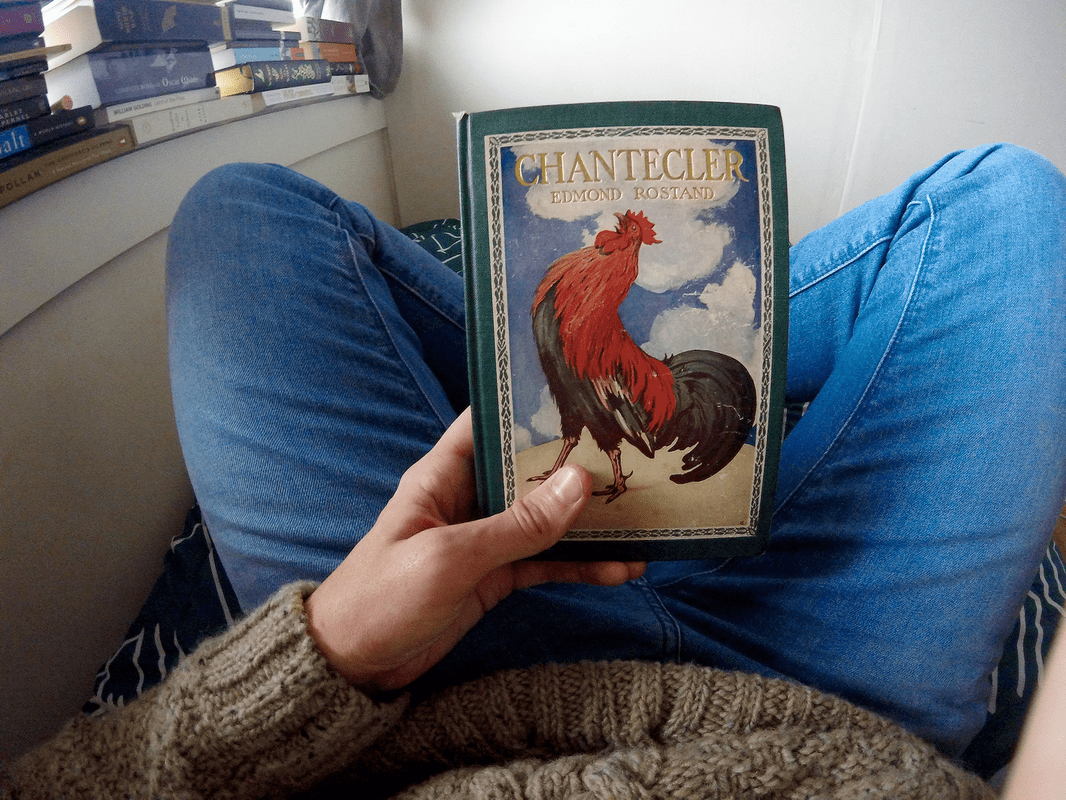In Eye of the Beholder, Snyder explores two Dutch visionaries of the 17th century, the artist Johannes Vermeer and scientist Antoni van Leeuwenhoek (pronounced Lay-ven-hook). Both lived in the city of Delft, on opposite ends of Market Square, a space smaller than a football field. While Vermeer painted his canvases with new oils and techniques (using a camera obscura to understand the nature of light), Leeuwenhoek created the first microscope, and observed the new 'continent' now visible to mankind in the form of micro-organisms.
The book explores the richness of these two men's lives, but it's this historical interplay of the arts and sciences that I found most refreshing though, which you don't have to look further than the book's cover to see: it features Vermeer's work, The Geographer, which depicts a man working on a map with his surveyor's tool, looking out his study's window in deep concentration. His eyes and face suggest he is observing not the the city streets outside, but to some unseen space, made visible from a certain perspective and understandable by his maps. It's a painting of a man of science, recreated so gloriously by a scientific approach to art.
This book is a celebration and reaffirmation of the role of the sciences in the arts, the arts in the sciences, and (in my view) a tactful, but perhaps understated indictment of institutions and people opposed to this view — and even aiming to blind us from it. {JG}
The book explores the richness of these two men's lives, but it's this historical interplay of the arts and sciences that I found most refreshing though, which you don't have to look further than the book's cover to see: it features Vermeer's work, The Geographer, which depicts a man working on a map with his surveyor's tool, looking out his study's window in deep concentration. His eyes and face suggest he is observing not the the city streets outside, but to some unseen space, made visible from a certain perspective and understandable by his maps. It's a painting of a man of science, recreated so gloriously by a scientific approach to art.
This book is a celebration and reaffirmation of the role of the sciences in the arts, the arts in the sciences, and (in my view) a tactful, but perhaps understated indictment of institutions and people opposed to this view — and even aiming to blind us from it. {JG}

